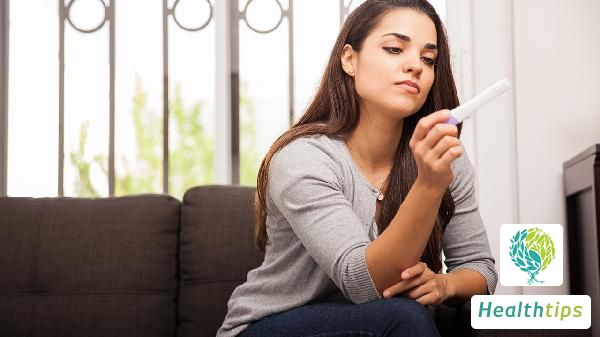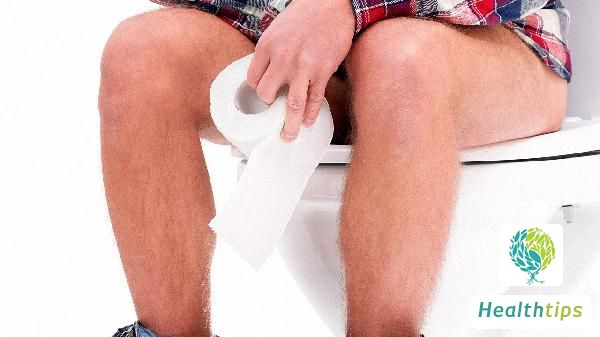How much does it cost to test a newborns hearing?

After a child is born, various checks are required, including hearing screenings. This is because newborns may have various hearing issues that require timely detection and adjustment to prevent future problems. However, many mothers are concerned about the cost of these tests, given the prevalence of overcharging in hospitals today. So, how much does it cost to test a newborn's hearing? Let's take a closer look at the details.
Currently, based on the charging standards of hospitals and the National Health and Family Planning Commission, the initial screening for newborn hearing generally costs around 180 yuan. Diagnostic tests at 3 months of age typically range from 300 yuan. However, these costs may vary slightly depending on the location and the hospital's specific charging policies. If the child is uncooperative and requires repeated testing, the medical costs may increase accordingly.
a. Choice of Testing Environment: It is crucial to select a relatively quiet environment for the hearing test, with noise levels not exceeding 40 decibels. Ideally, the test should be conducted in a soundproof room. If such conditions are unavailable, the test can be performed in a regular room, but unnecessary noisy equipment should be turned off, and rubber strips can be placed at the door to reduce noise.
b. Baby's State: The best test results are obtained when the baby is in a natural sleep state. Therefore, it is advisable to avoid testing when the baby is hungry, agitated, or crying, as this may affect the results. Testing can be performed approximately one hour after feeding, and if necessary, gently stroking the baby's head can help calm them.
c. Hygiene Considerations: To prevent cross-infection, it is essential to wash hands before testing the baby. It is recommended to use disposable earplugs, as newborns may have secretions in their ear canals. If disposable earplugs are unavailable, each baby should use a separate earplug.
d. Testing Position: The baby can be held in a lap for testing or placed on one side while sleeping, with the ear facing upward. Gently pull the ear backward to straighten the ear canal and then gently insert the probe.



















